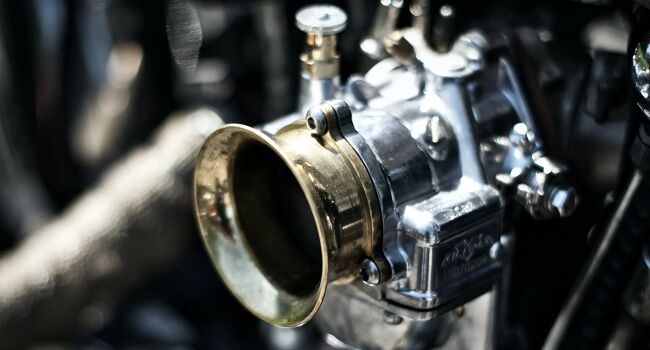The Mass Flow Controller is a device that uses a Wheatstone bridge to measure the mass flow of gasses. It is a very useful device that is used in many applications. Various types of the device are available in the market today. These include the Multi-gas multi-range (MG / MR), the Gas Sensor, and the Coriolis Principle.
Multi-gas multi-range (MG / MR)
These controllers are essential devices in the semiconductor manufacturing process. They measure the flow of different types of fluids and glasses. There is an analogue and digital mass flow controller available in the market. These devices are based on the sensor, bypass design, and control circuit.
MG/MR technology makes it easy to configure the desired range and gas type. This capability is made possible through the inclusion of an embedded web browser application. A standard Ethernet interface is also provided for this function. The application allows users to change the full scale passage and select the appropriate gas type for the application.
Brooks Instrument GF100 and GF125 mass flow controllers are equipped with MG/MR technology. These devices feature enhanced accuracy and improved signal to noise performance. Their high speed ARM processor provides optimal control and optimization for each operation. In addition, these devices offer advanced diagnostics and reliability.
Brooks MFCs that are with MG/MR are programmable to cover a range of typical production fab gasses. Each model has a standard configuration kit that can be used to set up the MFC to cover a variety of gasses. As a result, these instruments can be used to cover the entire inventory of an MFC fab. It is also possible to purchase the MFC with a built-in calibration kit.
Brooks MFCs that are with MR are also offered in nine standard configurations with each with a range of gas types. These products are designed for long term reliability and easy programming. Users can program the device from anywhere.
Coriolis principle for measuring mass flow
Coriolis principle is a very basic concept that applies to any gas or liquid. It essentially refers to the intended effect of a moving object on a body in a three-dimensionally rotating frame of reference in space. In a Coriolis flow meter, this change in the natural frequency of the tube is measured and can also be used to calculate mass flow.
There are two types of Coriolis meters. One is a single straight tube, while the other is a dual-tube design. These meters have sensors placed at the inlet as well as the outlet of the tube. Each sensor records the current oscillations of the system, both at the inlet as well as the outlet. This information can be used to calculate the volumetric flow rate.
These devices are highly accurate in homogeneous fluids. But when they are used with viscous liquids, they are prone to pressure drop. Because of this, they must be adapted to compensate for the difference.
Wheatstone bridge
A Wheatstone bridge mass flow controller is a device used to measure the volume and mass flow of a fluid stream moving through a duct or tube. It consists of two parallel pairs of resistors. The resistances are wrapped around an insulated capillary tube. One type of resistor is designed to detect the change in temperature as the fluid stream moves across the substrate.
This is the same function as the thermometer, although in this case it is positioned half way through the fluid stream. In addition, a particular resistor is also designed to provide a signal indicating the output of the Wheatstone bridge.
This is in the form of a variable resistance, which is representative of the flow rate in the duct. A third circuit is also provided, which operates in the differential mode. In this case, the signal relates to the temperature rise in the upstream heater and the temperature drop in the downstream heater.
For this purpose, a reference resistor is built on a silicon substrate. Another is a reference voltage. Lastly, there is an excitation voltage. These components are connected in the appropriate fashion to the other elements of the Wheatstone bridge.

Applications
These types of controllers are used in a wide range of industrial manufacturing processes. They offer reliable and accurate control of gas and liquid passage. Among the major applications are semiconductors, oil & gas, and medical equipment.
These types of controllers are important in the oil & gas industry. They measure and control the flow of gasses in the oil field and in various other industries. These types of controllers are available in several different technologies. Some of them are electromagnetic, differential pressure, and Coriolis, which you can read about here.
For the semiconductor industry, these types of controllers are essential because they are able to measure the exact amount of gas or liquid being consumed. It also allows for a reproducible supply of chemical compounds, minimizing the risk of underperformance.




























